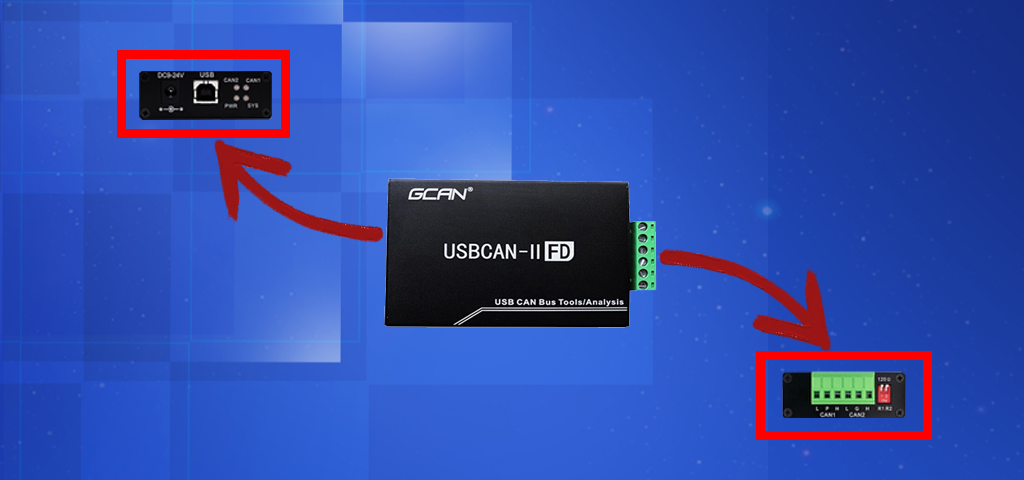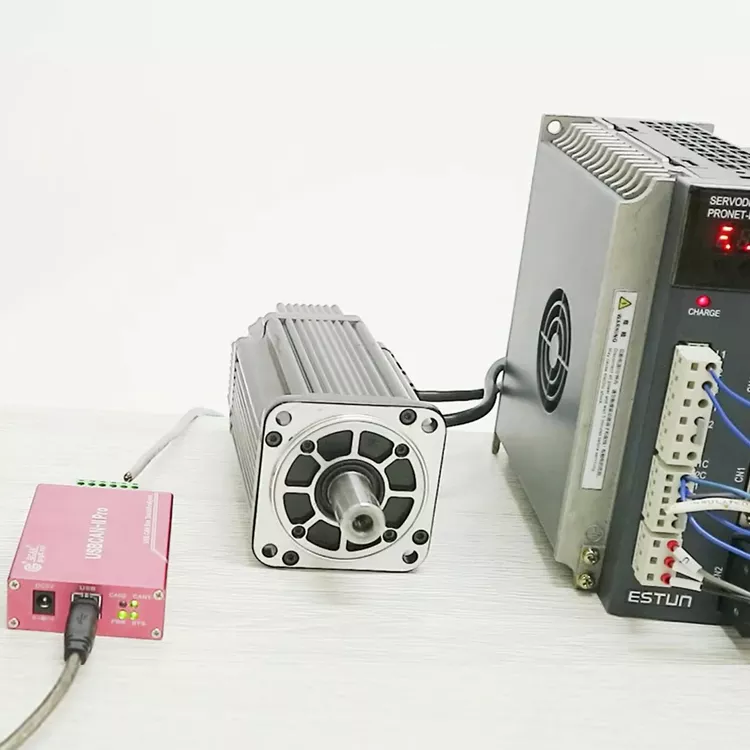CAN bus protocol is a serial communication protocol bus that can use twisted-pair wires to transmit signals, which is more stable and reliable. the emergence of CAN bus solves the problem of wiring complexity and reduces the use of copper wires to lower the cost, which is a clear advantage over conventional point-to-point wiring methods.
CAN2.0A: Standard format using 11-bit identifiers.
CAN2.0B: Expanded format for 29-bit identifiers.
CAN FD: Also known as variable data rate CAN, it is compatible with the existing CAN2.0, so that new CAN FD devices and existing CAN devices can coexist in the same control network.

The CAN bus protocol is a multi-host standard serial bus for connecting electronic control units (ECUs). ECUs are also referred to as nodes, and at least two nodes are present on the CAN network in order to communicate. A node can be as complex as a simple input/output device or as an embedded component that contains a CAN interpreter and is equipped with software. A node can also be a gateway that allows an ordinary computer to communicate with devices on the CAN network via a USB or Ethernet port.
All nodes are connected together via two parallel buses, with the two wires forming a twisted pair and connected to a characteristic impedance of 120Ω.



Each node requires.
1. a central processor, microprocessor, or master processor:
Processes the data information that the host decides to receive and the information it wants to transmit.
Sensors, actuators and control devices can be connected to the main processor.
2. CAN controller; usually part of an integrated microcontroller
Receive: The CAN controller stores the serial bytes received from the bus, and the main processor can access this message when the data message is complete (usually due to the CAN controller triggering an interrupt).
Transmit: the main processor sends pass information to the CAN controller, after receiving when the bus is idle to pass the serial bit information to the bus.
3, transceiver; defined by ISO11898-2/3 medium access unit (MAU) standard
Receive: Converts the data stream from the CAN bus layer into a standard that can be used by the CAN controller. CAN controllers are usually equipped with protection circuitry.
Transmit: Converts the data stream from the CAN controller to the CAN bus layer.
Each node is able to send and receive messages, but not simultaneously. A message or frame consists primarily of an identifier (ID), which indicates the priority of the message, and up to eight data bytes. crc, ack, and other framing parts are also part of the message. The improved CAN FD expands each frame to a maximum of 64 bytes. Messages are transmitted serially to the main line in non-return-to-zero (NRZ) format and can be received by all nodes.
Devices connected by a CAN network are typically sensors, actuators and other control devices. These devices are connected to the bus by a central processor, a CAN controller, and a CAN receiver.
We have a professional CAN bus research and development team, with more than 20 years of independent research and development experience, the company deals with the main products are CAN bus analyzer, CAN bus gateway, PLC controller with CAN interface function, if you need any CAN bus products, welcome to contact us at any time!


